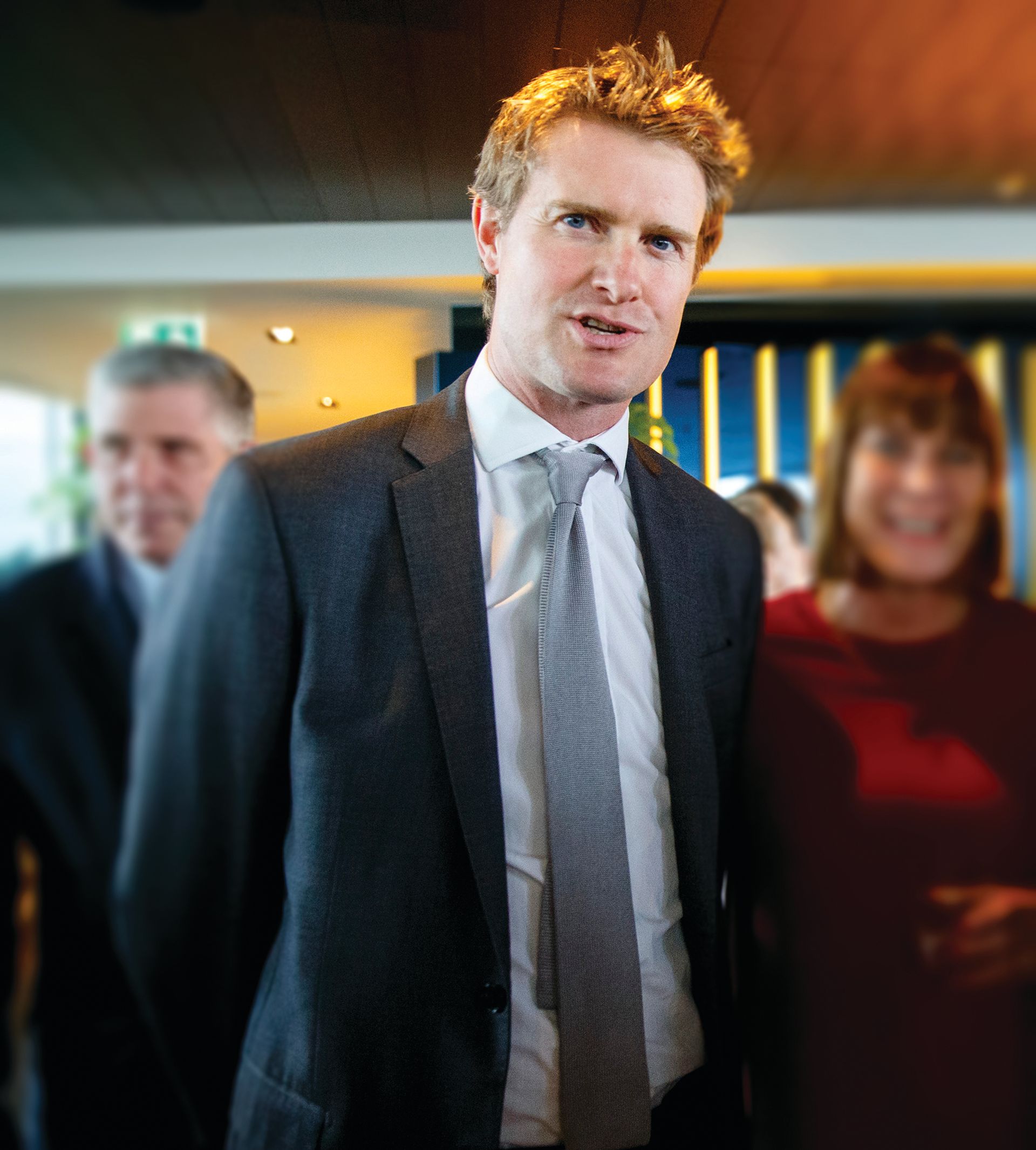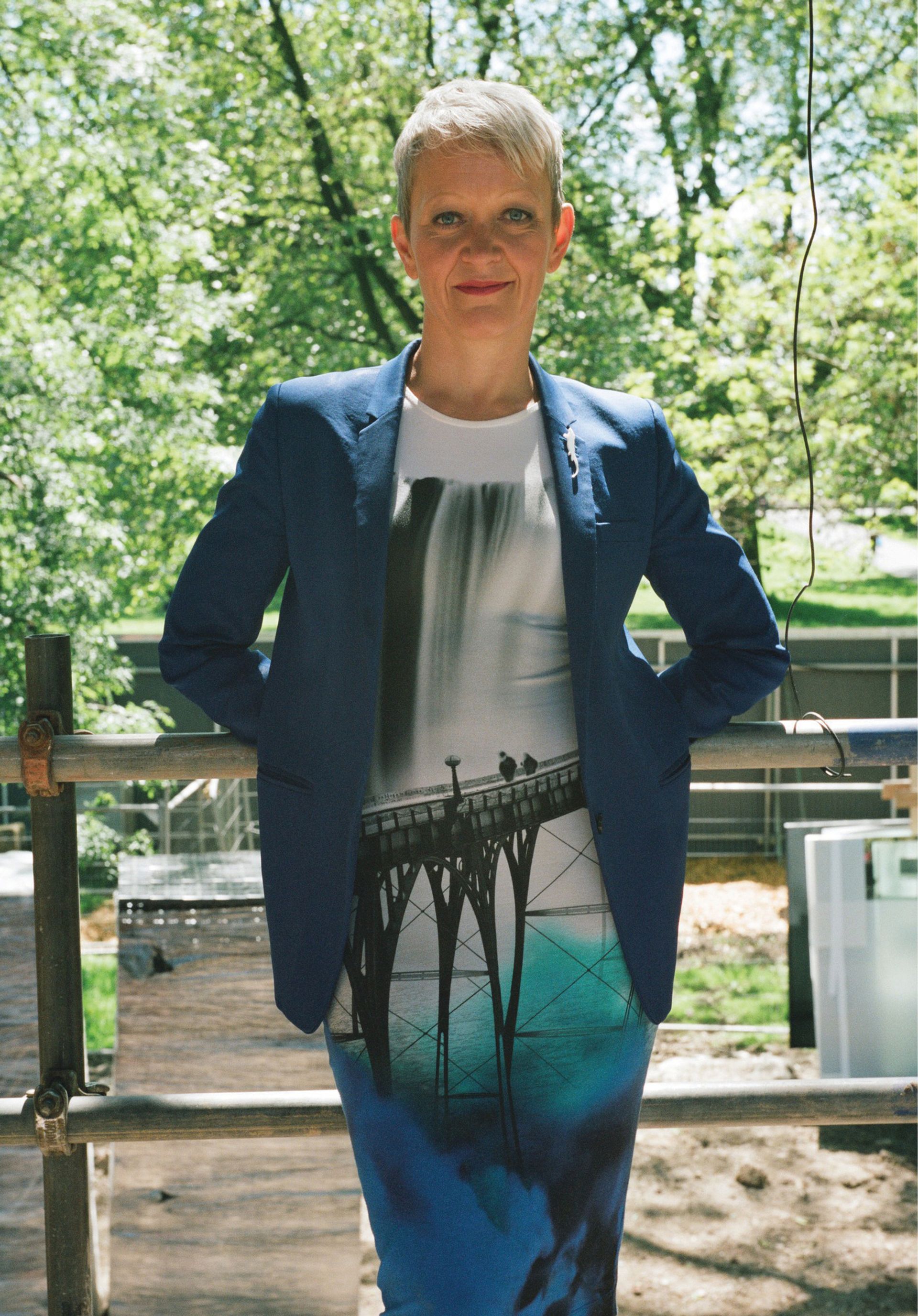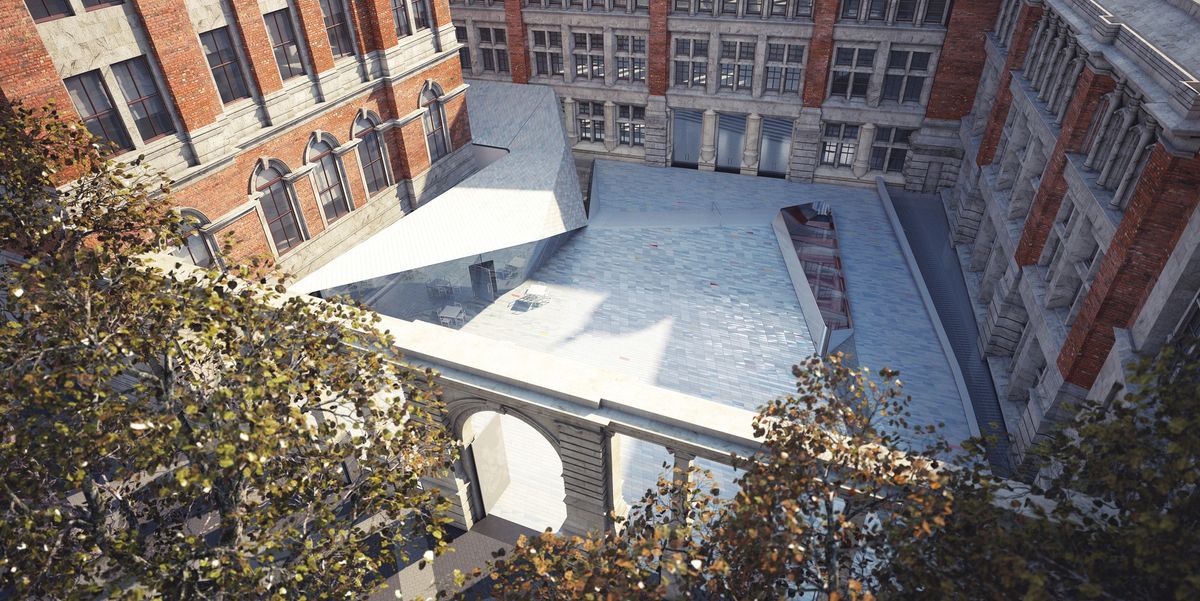The incoming directors of London’s Victoria and Albert Museum (V&A) and the Tate join institutions in good shape, but still face significant challenges. Tristram Hunt, who assumed his role at the V&A yesterday (20 February), is a social historian and, until last month, a Labour Member of Parliament. He has never worked in a museum—let alone run one. Maria Balshaw, who takes over the Tate in June, has much more institutional experience. She became the director of Manchester’s Whitworth Art Gallery just over a decade ago; before that, she was an academic and an Arts Council administrator. The pair are likely to bring fresh ideas, but will need to rely on specialist advice from curators. Here are the main hurdles facing the new leaders of two of the UK’s top museums (plus some good news about what they can anticipate).
What awaits Tristram Hunt at the V&A…

1. A new field
Never having worked in a museum, Hunt needs to learn fast. The historian of the 19th century will oversee an institution that covers a millennium’s worth of art and design.
2. Competing interests
The V&A is a particularly tricky museum to run because of its disparate collections, which range from fine art to fashion to architecture. The director must sensitively navigate competing demands from numerous departments.
3. East London expansion
The plan to establish a new space on the former Olympic site in Stratford offers enormous opportunities. Due to open in 2021, it should provide an entirely different experience from the South Kensington museum. But the project also presents organisational and funding issues: it is likely to cost several hundred million pounds.
4. Storage solution
The V&A will have to vacate its main store in Blythe House, west London, before 2023. The museum has been looking for another site in East London, near the Olympic project. However, the government is keen for national museums to set up new storage facilities outside London to help redress the imbalance between the capital and the regions.
5. International projects
Under its former director, Martin Roth, the V&A increasingly sought to play a global role. An important example is the V&A Gallery in Shekou, Shenzhen, set up with China Merchants Group and due to open in October. Hunt will have to decide how to prioritise the museum’s international initiatives moving forward.
And the good news for Hunt: The V&A’s new temporary exhibition galleries, café and entrance, which are due to open in July.
…and Maria Balshaw at the Tate

1. A tough act to follow
Nicholas Serota has been the director of the Tate since 1988, an unusually long time to lead a major public museum. His personal vision led to the creation of Tate Modern and he has changed public perceptions about contemporary art. He will be a hard act to follow.
2. Four galleries to lead
The Tate has grown into a huge organisation, with four galleries across the UK (Tates Britain, Modern, Liverpool and St Ives). Serota has exercised close control over them, but there will now be pressure to distribute power. It will be tricky to get the balance right between Balshaw and the heads of the galleries, particularly the two London giants: Tate Britain (led by Alex Farquharson) and Tate Modern (led by Frances Morris).
3. Tate Britain’s flagging attendance
While visitor numbers at Tate Modern have soared—and could reach a record of nearly six million in the current financial year—attendance at Tate Britain has been falling. Just over 1.2 million visitors are expected this year, which could be the museum’s lowest total ever. Tate Britain faces a real challenge, particularly in attracting younger visitors, who are primarily interested in contemporary art.
4. The Turner Prize
The Turner Prize, established in 1984, has proved remarkably successful. Although the annual award still attracts public attention, there is a growing feeling that the approach to the prize needs reassessing.
5. Fundraising for Tate Modern
Tate Modern’s extension, which opened to great acclaim last June, cost £260m, of which £20m still needs to be raised. Serota is working hard to bridge the gap before his departure this summer. Without those funds in place, Balshaw will have trouble embarking on other major projects.
And the good news for Balshaw: Tate Modern’s new extension, which has enormous potential to expand activities around the collection.
An expert view Stephen Deuchar, a former Tate Britain director and now the director of the Art Fund, offers his perspective on the challenges.
“For the Tate, it will be important to balance the commercial temptations of the global and the corporate with the needs and wants of the four very different UK Tate galleries and their visiting publics,” he says. “And artists—perhaps especially British ones, for whom Tate is a mothership—will need to feel as well loved as the funders across the world who helped make the great Tate Modern extension possible.”
Meanwhile, “the biggest challenge at the V&A will be steering through the East London project—not just getting it funded and built, but turning it into a new kind of museum for the 21st century. The corollary will be to ensure that the V&A at South Kensington does not become thought of as simply ‘the old V&A’, but has a different and distinctive role to play.”


